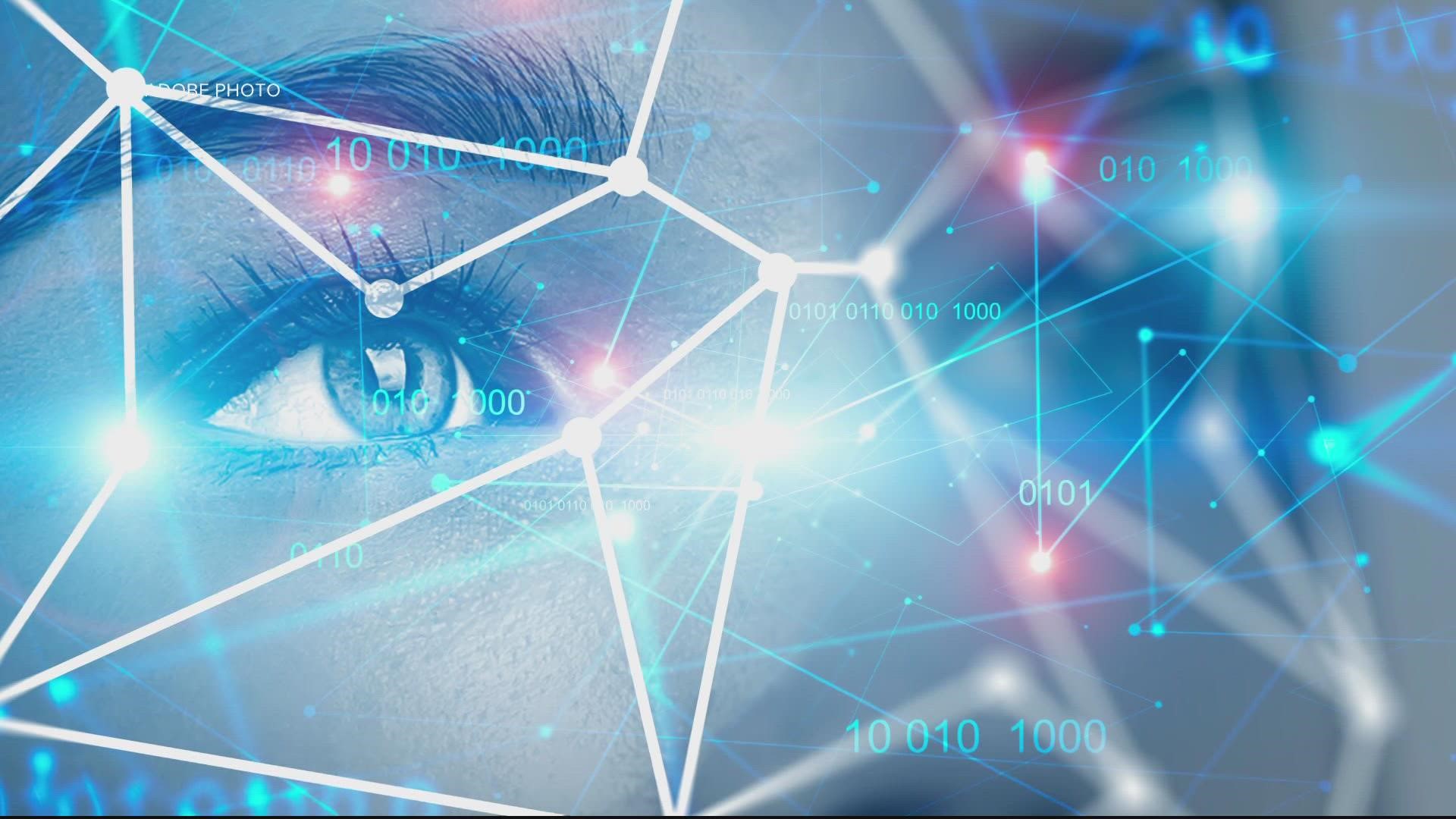VIRGINIA, USA — A bill expanding facial recognition technology use by law enforcement in Virginia took effect on July 1.
It allows local and campus law enforcement to use facial recognition technology, something that only state, federal and private police were allowed to use previously. The bill’s sponsor, state senator Scott Surovell, said it also creates penalties for misuse and reporting requirements for state, local and campus police.
"Prior to the bill passing, there were really no— there was no requirements and state law on this," Surovell said. "Under this legislation, any kind of technology that's used has to be 98% accurate, as determined by the National Institutes of Standards and Technology
The ACLU of Virginia claims that the accuracy rate is misleading, because they say the tests are run in a lab setting rather than out in the world, where lighting can be poor, and photos aren’t captured head-on.
They also claim it’s racially problematic.
“These technologies have been shown to have a disproportionately inaccurate data for people with darker skins, who are often the brunt of law enforcement interest in the first place," Matt Callahan, senior staff attorney at ACLU of Virginia, said.
Surovell who’s also a criminal defense attorney disagrees, saying it's a lot more accurate than current methods.
“If the concern is accuracy, witness lineups have been shown to have something like a 40% error rate, and if people were concerned about misidentification, then why hasn't somebody put in a bill to ban witness lineups?" Surovell said. "Nobody's done that, and right now, that's still a tool that police units use today. And it's incredibly inaccurate. This is, you know, 98% accurate. So I don't really get the objection to having technology do something that human beings are not very good at doing themselves."
Callahan also explained his reservations about the intrusion of privacy and the lack of external oversight.
"So when somebody shares a picture of themselves on Facebook, or steps outside in public, really, you can make an argument that that's public data, but they aren't anticipating that their face is going to be scraped and included in the database, or that by stepping outside, they're submitting themselves to basically a warrantless lineup," Callahan said.
Meanwhile, Surovell argued these photos used are "images that people have willingly chosen to make available."
"I would hope that the federal government putting its seal of approval on the technology would mean, if it's good enough for national security, it's good enough for you know, the terrorist watch list and people going through our airports, so that'd be good enough for developing leads in law enforcement," Surovell said.
As for oversight, the law requires the chief of police for any agency using facial recognition technology to publish an annual report which includes things like the number of queries made and how those queries were used.
Now obviously how helpful or hurtful this law is, depends on your personal views of privacy and law enforcement
But something that’s irrefutable is what the law does and doesn’t do. So are there rules in place for when facial recognition can be used?
THE QUESTION:
When can police use facial recognition in Virginia?
THE SOURCE:
THE ANSWER:
There are 14 circumstances in which state, local and campus police are legally allowed to use facial recognition technology on a person. Some of those circumstances involve identifying suspects of a crime others identifying people who can not identify themselves.
WHAT WE FOUND:
According to the law (Virginia Code §15.2-1723.2, 23.1-815.1, 52-4.5), police may use facial recognition technology to:
- help identify an individual where there is a reasonable suspicion the individual has committed a crime
- help identify a crime victim, including a victim of online sexual abuse material
- help identify a person who may be a missing person or witness to criminal activity
- help identify a victim of human trafficking or an individual involved in the trafficking of humans, weapons, drugs, or wildlife
- help identify an online recruiter of criminal activity, including but not limited to human, weapon, drug, and wildlife trafficking
- help a person who is suffering from a mental or physical disability impairing his ability to communicate and be understood
- help identify a deceased person
- help identify a person who is incapacitated or otherwise unable to identify himself
- help identify a person who is reasonably believed to be a danger to himself or others
- help identify an individual lawfully detained
- help mitigate an imminent threat to public safety, a significant threat to life, or a threat to national security, including acts of terrorism
- ensure officer safety as part of the vetting of undercover law enforcement
- determine whether an individual may have unlawfully obtained one or more state driver's licenses, financial instruments, or other official forms of identification using information that is fictitious or associated with a victim of identity theft
- help identify a person who an officer reasonably believes is concealing his true identity and about whom the officer has a reasonable suspicion has committed a crime other than concealing his identity.
The technology is not allowed to be used in order to establish probable cause for a search warrant or an arrest warrant. Although, Surovell says it can be used to tip off police, as a “lead generator.”
The law provides penalties for misuse; a person is guilty of a Class 3 misdemeanor for a first-time offense and complete training before being allowed to use the technology again, and a person is guilty of a Class 1 misdemeanor in the case of a second offense.

